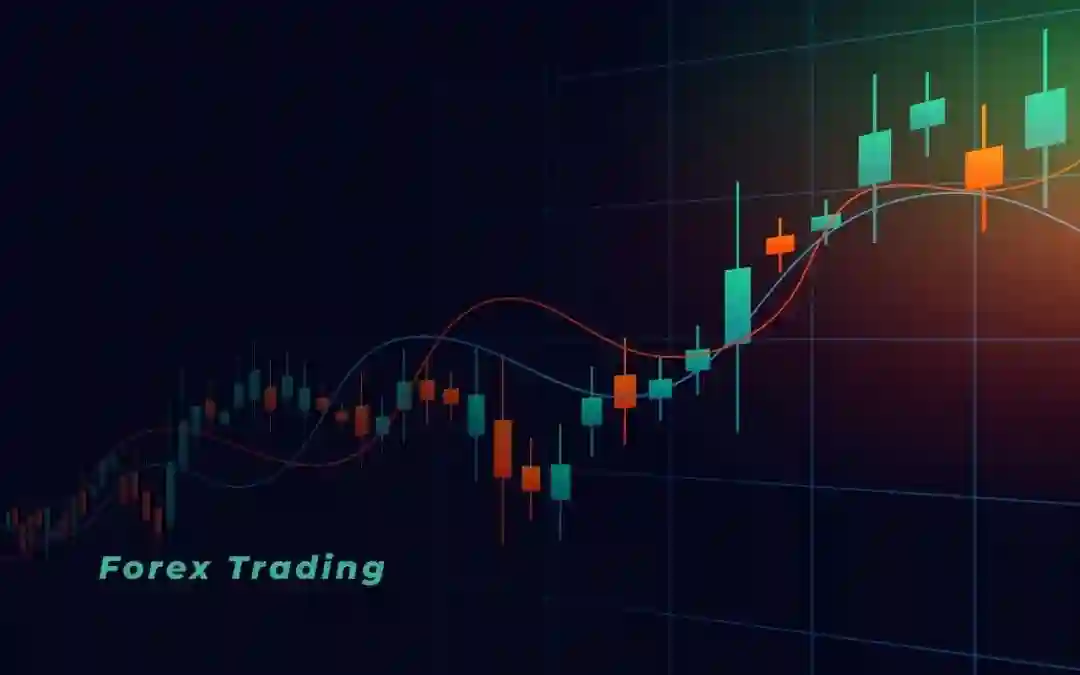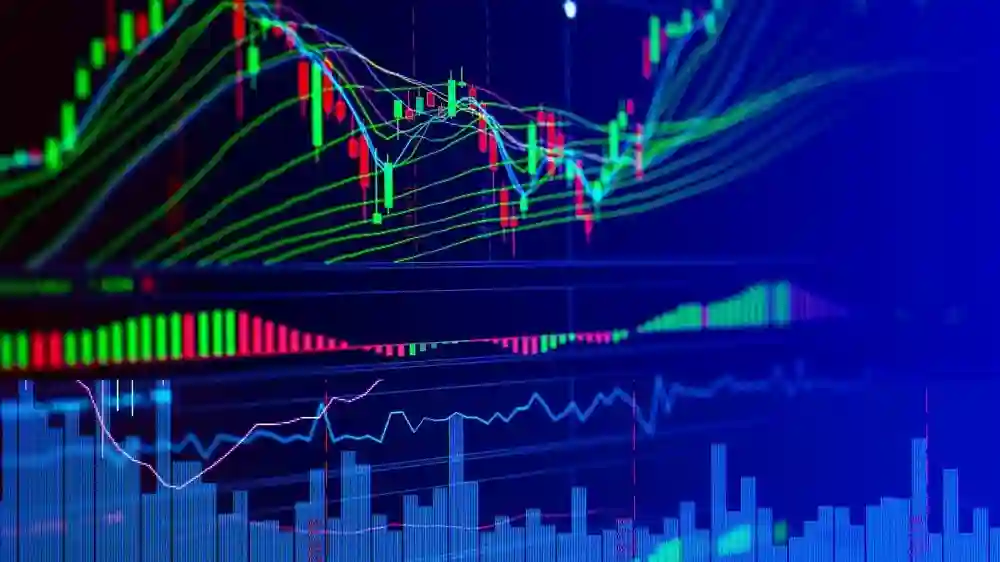
Understanding the Impact of Market Volatility on Forex Robot Performance
- Forex & Crypto
- May 7, 2024
- No Comment
- 173
In the world of foreign exchange (forex) trading, market volatility is a constant companion. Traders navigate through the highs and lows of price fluctuations, aiming to capitalize on opportunities and mitigate risks. Amidst this dynamic environment, forex robots have emerged as invaluable tools, offering automated trading solutions driven by algorithms. However, the effectiveness of these robots is intricately tied to market volatility, a factor that significantly influences their performance.
Forex robots, also known as expert advisors (EAs), are software programs designed to execute trades on behalf of traders based on predefined criteria and algorithms. They operate autonomously, removing emotional biases and human errors from the trading process. These algorithms are meticulously crafted to identify trading opportunities, analyze market conditions, and execute trades with precision and speed.
Market volatility refers to the degree of variation in the price of a financial instrument over time. High volatility implies large price swings, presenting both opportunities and challenges for traders. While increased volatility can result in higher profit potential, it also amplifies risks and can lead to substantial losses if not managed effectively.
The performance of forex robots is closely intertwined with market volatility due to their reliance on predefined algorithms. Understanding how volatility impacts robot performance is crucial for traders looking to optimize their trading strategies and enhance profitability.
Impact on Strategy Effectiveness:
Market volatility directly affects the efficacy of trading strategies employed by forex robots. Strategies that perform well in stable market conditions may falter during periods of heightened volatility and vice versa. For instance, trend-following strategies thrive in trending markets with consistent price movements but may struggle in choppy or range-bound conditions characterized by increased volatility.
Execution Speed and Slippage:
Rapid changes in prices during volatile market conditions can impact the execution speed of trades. Forex robots rely on timely order execution to capitalize on fleeting opportunities, but increased volatility may lead to delays in trade execution. Additionally, slippage, the difference between the expected price of a trade and the price at which it is executed, can widen during volatile market conditions, affecting the profitability of trades.
Risk Management Challenges:
Effective risk management is paramount in forex trading, and market volatility poses unique challenges in this regard. Volatile markets can trigger unexpected price movements and increased market noise, making it challenging for forex robot to accurately assess risk and adjust position sizes accordingly. Consequently, there’s a heightened risk of significant drawdowns or losses during periods of high volatility if risk management protocols are not rigorously followed.
Adaptability of Algorithms:
The adaptability of algorithms is crucial for forex robots to navigate varying market conditions successfully. While some algorithms may excel in volatile environments by capitalizing on short-term price fluctuations, others may struggle to generate consistent profits. The ability of forex robots to adapt their algorithms or parameters in response to changing market dynamics is essential for maintaining optimal performance across different volatility regimes.
Backtesting and Optimization:
Backtesting, the process of testing a trading strategy on historical data, is a vital component of forex robot development. However, the efficacy of backtesting results can be compromised if they do not account for different levels of market volatility. Strategies that perform well in backtests conducted during low volatility periods may fail to deliver similar results in live trading environments characterized by increased volatility. Therefore, robust backtesting procedures that incorporate varying volatility conditions are essential for accurately assessing the performance of forex robots.
Market Conditions and Strategy Selection:
Traders must consider prevailing market conditions when selecting or developing trading strategies for forex robots. Strategies optimized for specific volatility regimes may underperform or incur losses when market conditions deviate from the norm. Consequently, traders should diversify their portfolio of forex robots to include strategies tailored to different market environments, thereby mitigating the impact of volatility on overall performance.
Continuous Monitoring and Adjustment:
Monitoring the performance of forex robots in real-time is essential for identifying issues related to market volatility promptly. Traders should regularly assess key performance metrics, such as profitability, drawdowns, and risk-adjusted returns, and make necessary adjustments to optimize robot performance. This may involve fine-tuning algorithms, adjusting risk parameters, or even temporarily deactivating robots during periods of extreme volatility to preserve capital.
In conclusion, market volatility exerts a profound influence on the performance of forex robots, shaping their effectiveness, execution speed, risk management capabilities, adaptability, and strategy selection. Traders must comprehend the intricacies of how volatility impacts robot performance and implement strategies to mitigate associated risks effectively. By incorporating robust risk management protocols, adaptability in algorithm design, and continuous monitoring and adjustment, traders can navigate through volatile market conditions successfully and maximize the potential of forex robots in their trading endeavors.


